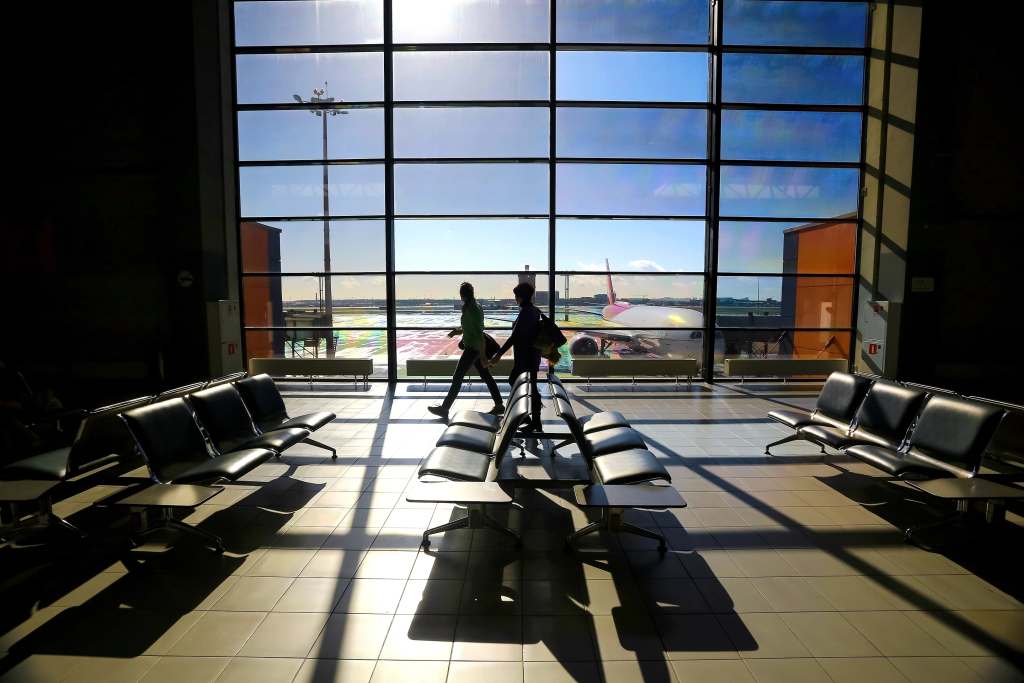
Photo from Deposit Photos
McKINNEY, Texas – Plans to transform McKinney National Airport into a commercial hub took a significant step forward this week as the city’s Planning and Zoning Commission approved an expansion proposal. The ambitious project aims to establish commercial flight services in North Texas by late 2026, but funding challenges remain a key focus.
The $72 million expansion project includes a 45,000-square-foot passenger terminal with three initial gates, parking facilities, a taxiway, and essential runway equipment. Long-term plans envision expanding the terminal to five gates, utilizing 280 acres adjacent to the existing general aviation facilities. By comparison, Dallas Love Field operates with 20 gates.
From Vision to Reality
Last week, the McKinney City Council authorized the submission of the site plan to the Planning and Zoning Commission, addressing necessary landscaping modifications to mitigate wildlife hazards. The commission’s approval marks a milestone in a project that has been in development for years.
An earlier $300 million proposal, primarily funded through property tax bonds, was rejected by voters in 2023. In response, city officials devised a scaled-down $72 million plan financed through a combination of sales tax revenue, federal loans, and grants.
Community Perspectives
During the commission’s public hearing, residents shared mixed reactions to the proposal.
“It’s a bittersweet situation,” said Katherine, a McKinney resident. “While it’s exciting to see progress, the increased traffic and noise might disrupt the quiet atmosphere we enjoy.”
Hank Johnston, another resident, called for greater community involvement. “McKinney’s tagline is ‘Unique by Nature,’ yet this project asks for exceptions to its own vegetative and tree regulations. Residents deserve a clear yes-or-no vote on passenger service before moving forward.”
Other community members, like Richard Atkinson, voiced concerns over the project’s environmental and infrastructural impact. “The original proposal was rejected because voters opposed the increased noise, traffic, and loss of McKinney’s unique character,” he stated.
Next Steps
Following the commission’s approval, the plan returns to the City Council for funding discussions. While a portion of the project’s cost will be covered by airport-generated tax bonds, federal loans, incentives, and grants are required to bridge the funding gap. The timeline for the council’s deliberation on additional funding remains undetermined.
The terminal, once operational, is expected to serve approximately 200,000 passengers in its first year, with initial flight routes determined by partnering airlines. The site plan indicates an initial schedule of three to five daily flights, potentially increasing to seven to ten over time.
McKinney’s vision for a commercial airport marks a transformative chapter for the city, balancing economic growth with community and environmental considerations.




